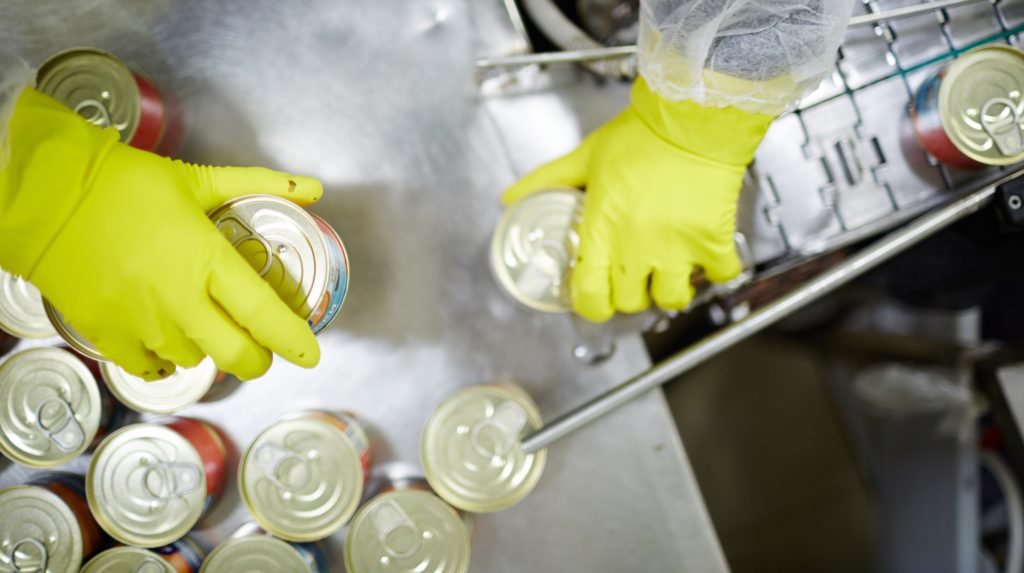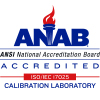
Thermal processing is considered one of the most widely used food sterilization methods in the food industry. According to sciencing.com, it is defined as “a food sterilization technique in which the food is heated at a temperature high enough to destroy microbes and enzymes.” The specific amount of time required depends upon the certain type of food and the growth habits of the enzymes or microorganisms. The term “thermal” refers to the heating process, which is a practical way of protecting food products within the production cycle.
The goals of thermal food processing include:
- Producing any physical or chemical changes to meet all quality standards derived from the CDC and FDA
- Eliminate or reduce any type of bacterial or enzyme activity present that may cause spoilage or contamination
- Validate overall processes of food production and sterilization
- Prolonging shelf life of goods
There are 3 common types of controlled thermal processes:
- Pasteurization
- Commercial Sterilization
- Blanching
Pasteurization is considered a moderately intense heating process. The process is performed before the packaging of product. The times and temperatures depend on the desired result of the product such as the anticipated color, texture, and flavor. Pasteurization is dependent on either of the following:
Low Temperature Long Time Treatment (LTLT) – Uses lower heating technique for a longer time to destroy bacteria
High Temperature Short Time Treatment (HTST) – Uses higher heating technique for a lesser time to kill bacteria
While foods such as milk and eggs are pasteurized, they are still at risk to become contaminated. It is vital that they are kept at appropriate temperatures to decrease the risk of bacteria.
Commercial sterilization (also known as “canning”), is considered a high intense heating process that requires a minimum temperature of 121 °C for up to 15 minutes. This process is performed only after the product is packaged in the appropriate canister. Typical commercially sterilized products have a long shelf life of two years or more.
Blanching is considered a mildly intense heating process that exposes fruits and vegetables to boiling water or steam for a short period of time. Vegetables and fruits that are sold frozen are blanched in order to keep their flavor, color and texture. Blanching times vary on the amount and size of the food products. It is important to note that under-blanching products can stimulate enzyme activity, causing bacteria to appear, while over-blanching can cause loss of vitamin and mineral content.
One of MadgeTech’s distributors, TechniCAL, is a Thermal Process Authority and any questions or concerns about thermal food processing and production can be directed towards them.






